Brighton
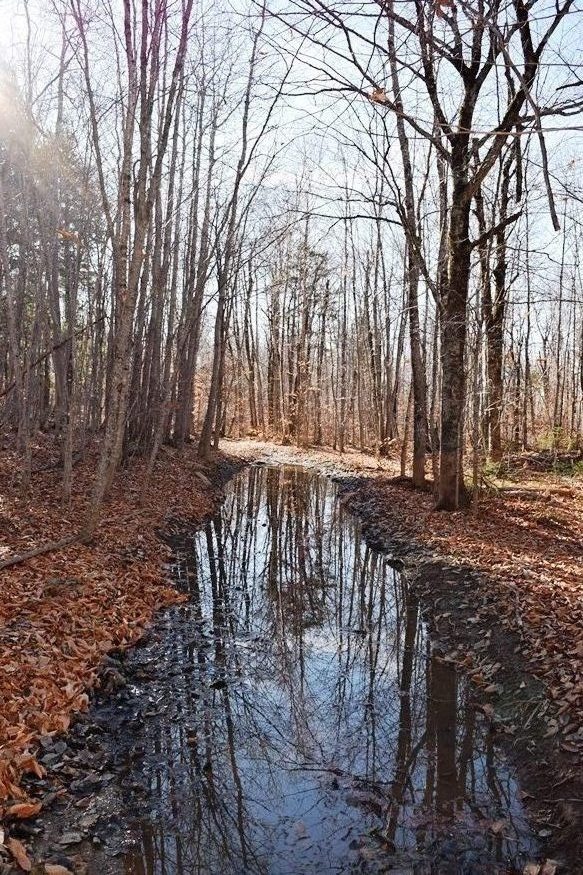
is north of Athens on Route 151 at the junction with Route 154. A wind turbine developer is proceeding with a project in adjoining towns, creating concerns of its impact on Brighton.
"Those seeking cold, hard statistics on Maine communities won't be disappointed." —Bangor Daily News



is north of Athens on Route 151 at the junction with Route 154. A wind turbine developer is proceeding with a project in adjoining towns, creating concerns of its impact on Brighton.

Pemaquid Neck hosts the village of New Harbor, along with Pemaquid Beach and Pemaquid Light. The area, visited by Europeans by 1569, is said to be the home of the Indian Samoset, who greeted the Pilgrims in 1621 in English. New Harbor is a departure point for Monhegan Island. See video and photos.
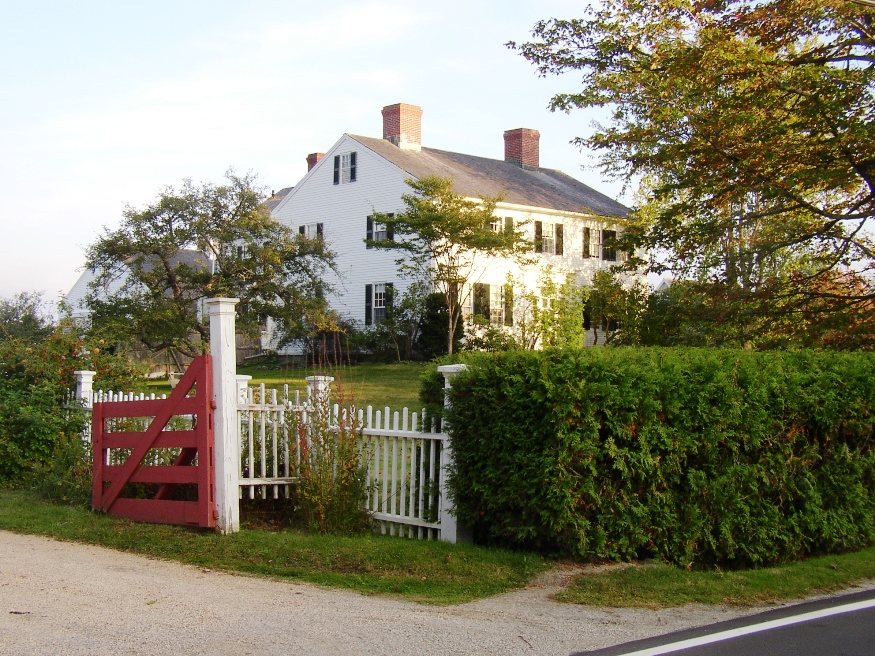
Home of long time resident and author E. B. White, the Hancock County coastal town hosts a general store and library at the intersection of Route 175 and the road to Naskeag Point and Naskeag Harbor. It lies across Eggemoggin Reach from Little Deer Isle.

Named for Governor John Brooks of Massachusetts, the town in Waldo County incorporated in 1816. Marsh Stream or Marsh River as it is also known, runs through the main village. A dam near an old mill site broadens the stream into a pleasant pond. See photos.

in Hancock County, incorporated in 1817. Its Cape Rosier recalls James Rosier who accompanied George Weymouth in explorations of 1605. Brooksville boasts one of the best harbors for small boats: Bucks Harbor. Helen and Scott Nearing lived here. See photos.

Named for Captain Henry Y. Brown, who received a land grant for service in the French and Indian Wars, the town sits between the New Hampshire border and the Saco River. The Stone Mountain Arts Center, with excellent attractions and food, brings visitors from long distances. See photos.
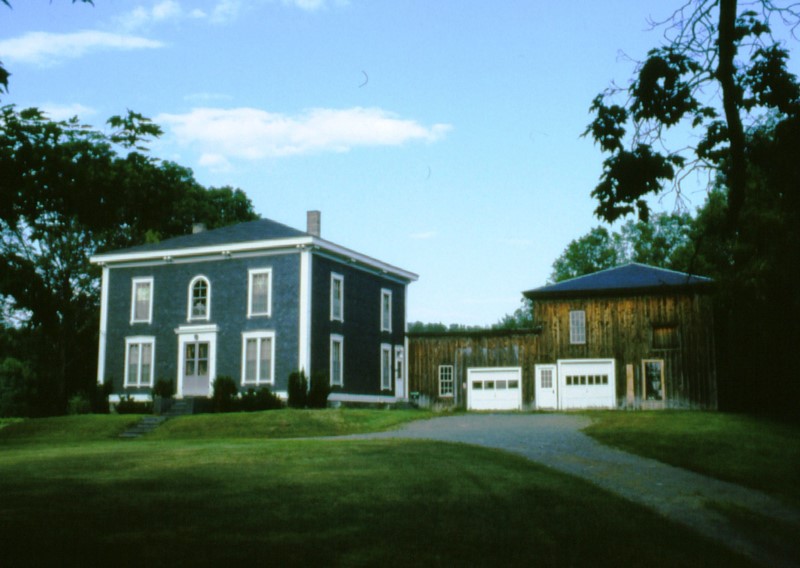
Famed for its slate, its quarry industry ended in 1917. It is the eastern gateway to The Hermitage, 35 acres of stately 150 year-old growth white pine overlooking the Pleasant River. Brownville Junction is so named for the railroad junction of Canadian and U.S. railroads.
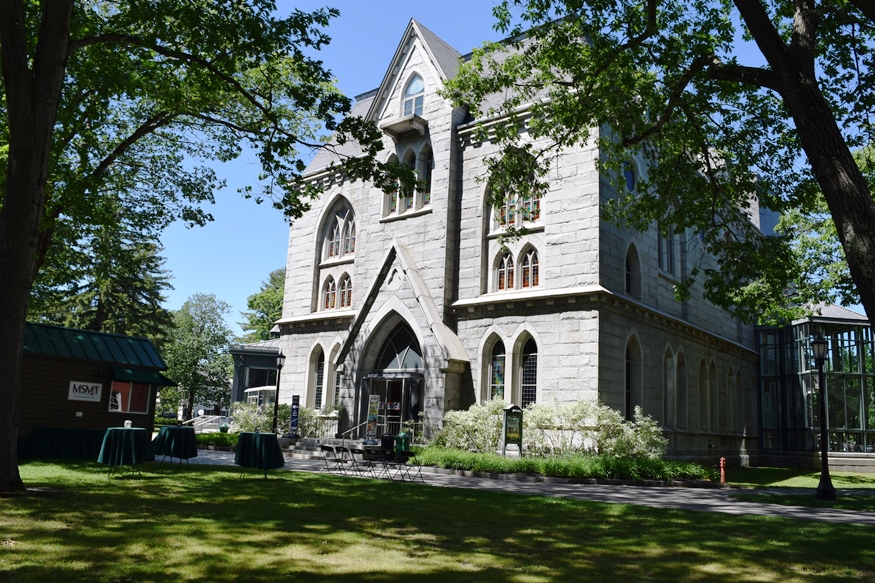
Since the demise of textile and shoe manufacturing, Brunswick has become a service center for the region and a residential community for commuters to the greater Portland area. With Bowdoin College, Maine State Music Theater, Maine Writers and Publishers Alliance, Pejepscot Historical Society, and many historic buildings, it is a powerful cultural magnet. AMTRAK service to Boston resumed in 2012. The town has a 66 mile ocean shoreline and 12 miles along the Androscoggin River.

in Oxford County, incorporated in 1793. Buckfield village, within a few hundred yards has the public library, two veterans memorials, Masonic Temple, Odd Fellows Building, Post Office, and a general store. A short distance away is the Community Church, the Community Center and Town Offices, and the Fire Department. See photos.
State of Maine County of Oxford To Garland Bell, a Constable of the Town of Buckfield. Greetings: In the name of the State of Maine, you are hereby required to notify and warn the voters of the Town of Buckfield, in said County, qualified to vote in town affairs to meet at the Buckfield Town…

in Hancock County was settled in 1762. Jed Prouty’s Tavern and Inn, no longer operating, was a stop for the Bangor to Castine stage route. The paper mill (once St. Regis, then Champion, then Verso) dominates the north end of town and is across the Penobscot River from Fort Knox. Northeast Historic Film, a moving image archives, research and education center is located here. See photos.

in Penobscot County, incorporated in 1832. The township was first settled in 1824, probably by Tristam Hurd who donated the name “Hurd Ridge” to the area. Saponac Lake, in the south, is from the Indian word for “the big opening.” Lumbering and agriculture have been the main occupations, with little manufacturing.
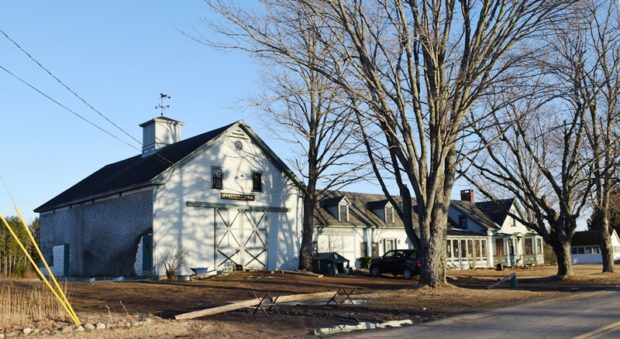
on the Sebasticook River, lies between Pittsfield and Clinton, is home to Pride Manufacturing, a wood products company. Burnham Junction marks the intersection of the Maine Central with the northern terminus of the Belfast and Moosehead Lake Railroad. See photos.
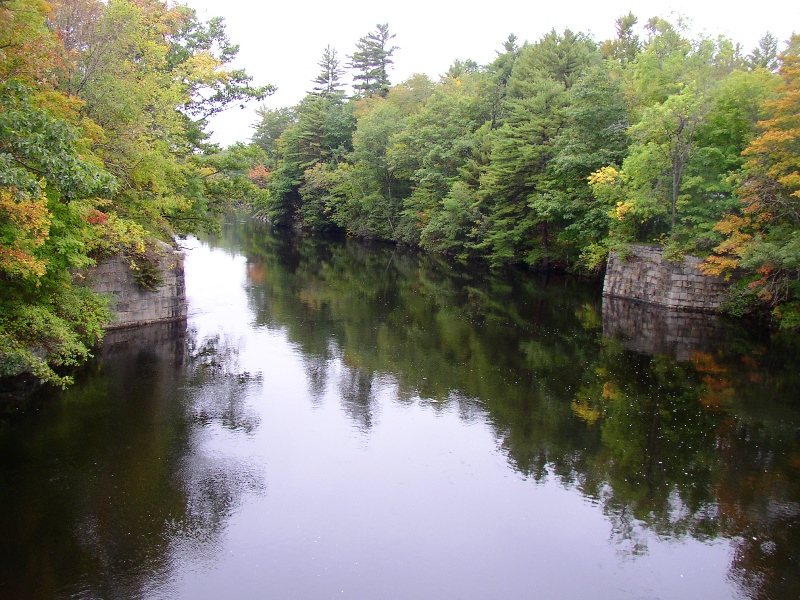
was settled by men who were survivors of King Philip’s War having been granted allotments of land in what was then Narragansett, Number One. The first permanent settlers arrived in 1750. Named for Buxton in Norfolk, England, it incorporated in 1762. The Buxton Powder House, one of only three War of 1812 powder houses to survive in Maine, was erected on a vote of local citizens. See photos.
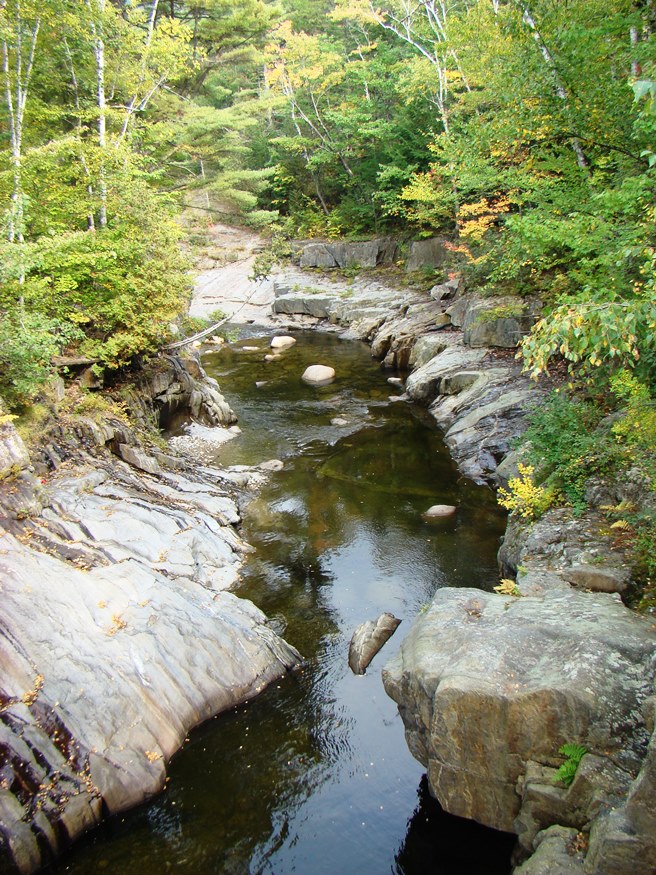
in Oxford County incorporated in 1833, the village is located on the Swift River nears Coos [CO-oss] Canyon, legendary source of gold and other minerals. This sparsely populated town is served by Maine Route 17 connecting it with the Rumford-Mexico area to the south. See photos.
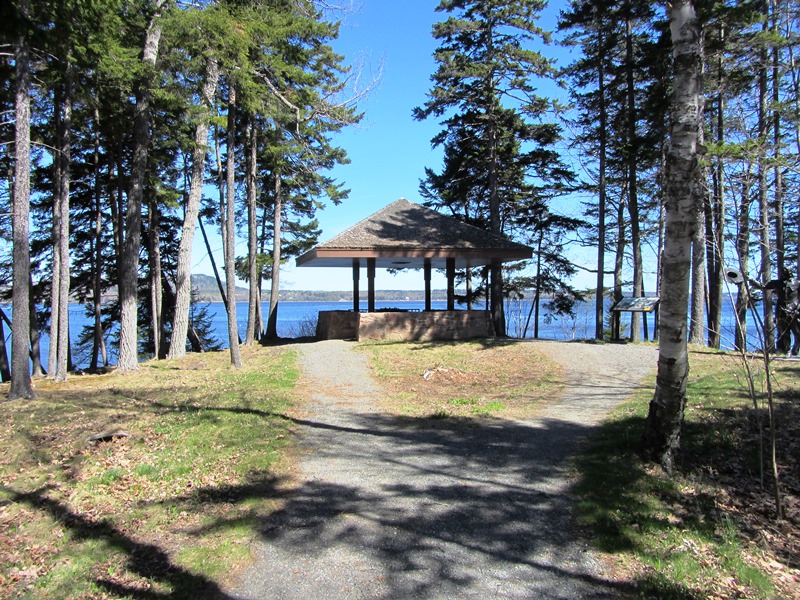
in eastern, coastal Washington County and named for the French port, was briefly settled in 1604 when a French expedition arrived on St. Croix Island. Today it features late 19th century historic brick structures, modern state and federal buildings, and a visitor center. Home to Washington County Community College. See video and photos.
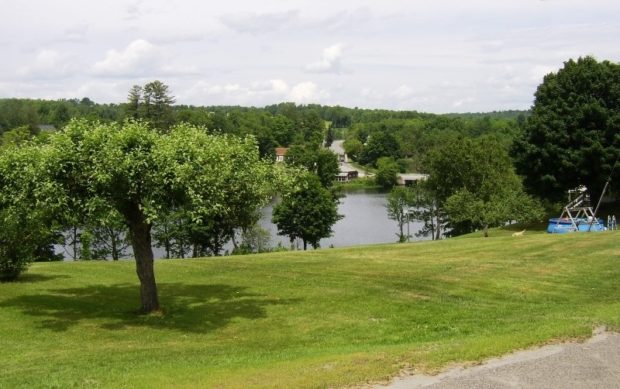
in Somerset County, settled in 1804, incorporated in 1834 and named for Cambridge, England, the town is divided from neighboring Ripley by Main Stream, a tributary of the Sebasticook River. The village and grange hall are at the eastern end of Cambridge Pond. See photos.
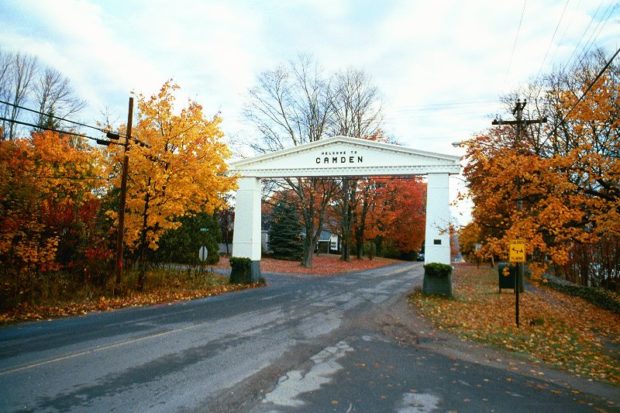
The village, at the foot of Mt. Battie, is at Camden Harbor on Penobscot Bay and U.S. Route 1. In 1880 the first summer cottages were built and and a flood of seasonal and semi-permanent residents began. The Opera House hosts many cultural events, including the Camden Conference and the Camden Film Festival. Edna St. Vincent Millay graduated from high school here. See video and photos.
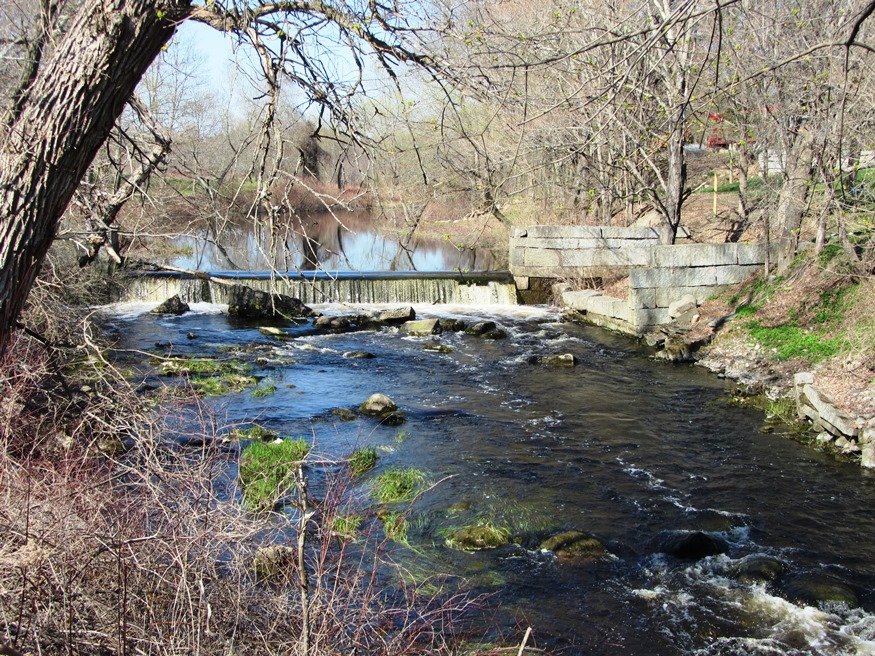
in Somerset County, incorporated in 1788, though settlement began in 1803 when mills were erected on Wesserunset Stream. Lake George and Sibley Pond, the source of Carrabassett Stream, are popular summer recreation and winter ice-fishing attractions. See video and photos.
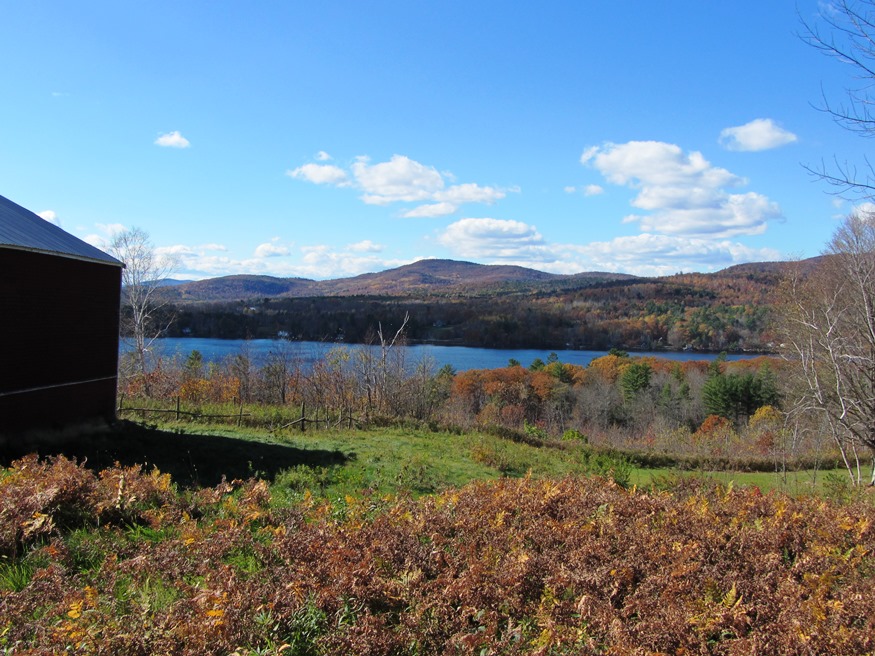
village in Oxford County, incorporated in 1821, overlooks Lake Anasagunticook at the junction of Rts. 108 and 140. The Androscoggin River winds through the town just north of the village. The historical society, old railroad station and masonic building grace this residential, agricultural community. See video and photos.